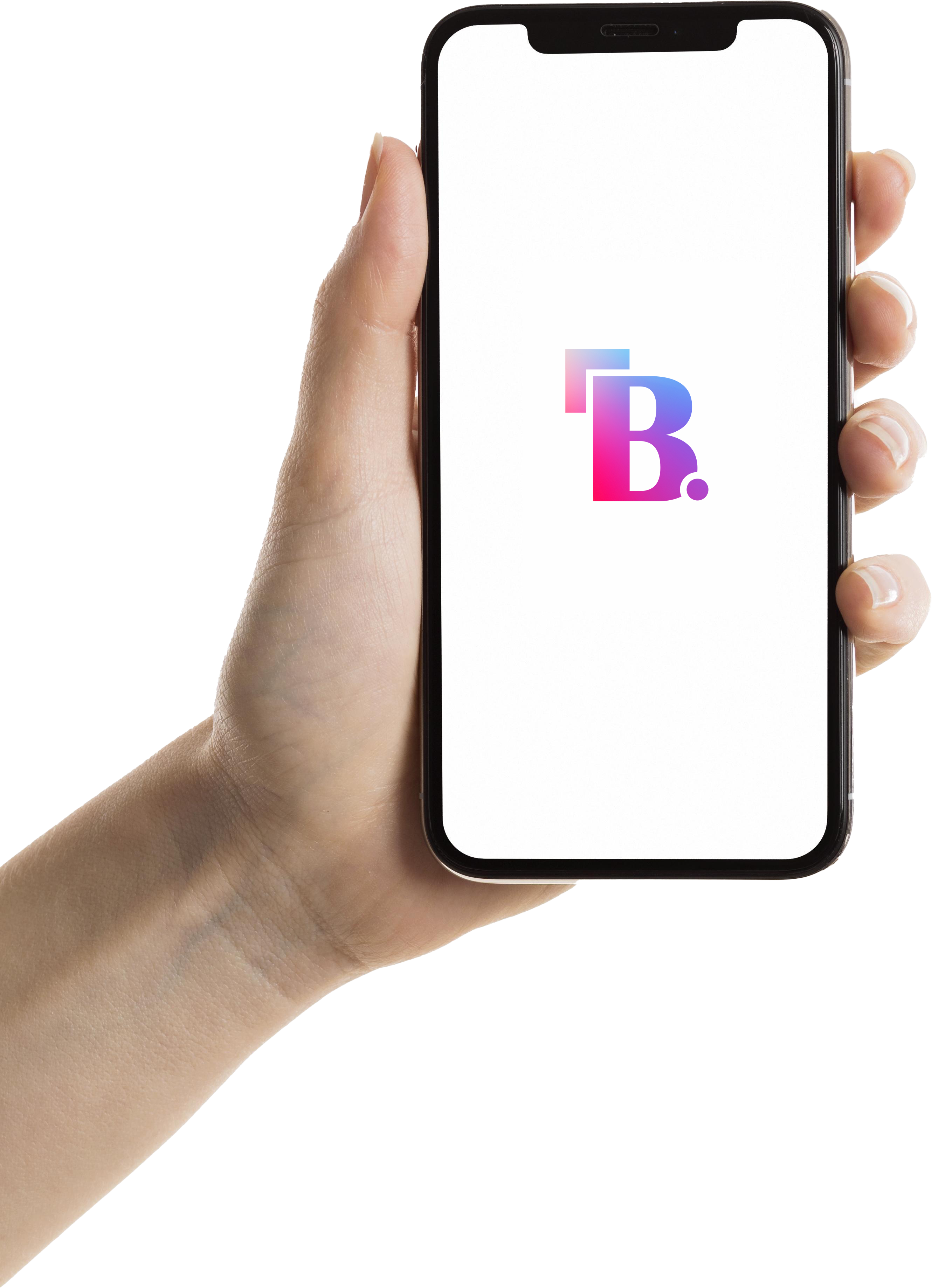Zomato Successful Marketing Strategy
Zomato initially set out to be the leading platform for restaurant search and discovery. It provided detailed information on over 1.4 million restaurants across 23 countries. Users could access restaurant names, menus, pricing, reviews, and much more, all in one place.
However, over time, Zomato transitioned into a food delivery platform. Now, customers can use their app or website to order food from local restaurants, with delivery personnel picking up and delivering the order to the customer’s address. As we dive into Zomato's journey, let’s also examine their marketing strategy.
“If something doesn’t work out as expected, the Zomato core team is always prepared to re-evaluate, make changes, and start again with a fresh approach,” says Deepinder Goyal, Co-founder and CEO of Zomato.
Target Audience
Zomato primarily targets smartphone users aged 18 to 35 who are familiar with apps. It focuses on two main consumer segments: those who prefer dining out and those who enjoy food delivery. These segments often overlap, with customers switching between the two experiences. To cater to this audience, Zomato introduced the Zomato Gold program, offering rewards for dining out and special deals for food delivery.
This audience includes students, office workers, and individuals with limited time or space to cook. It also appeals to people who simply enjoy the convenience of dining out or having food delivered.
Digital Marketing Channels
Zomato uses Google Ads to run search ad campaigns targeting keywords like "food," "online ordering," and specific restaurant names. Their strategy is to attract people looking for food delivery options. Additionally, Zomato employs Google Display ads on third-party apps and websites to broaden their reach.
Zomato's Digital Marketing Strategy
Zomato is highly active on social media platforms like Twitter, Facebook, and Instagram. As of July 2019, it boasted 726k Instagram followers, 1.42 million Facebook followers, and nearly 1.9 million Twitter followers. Zomato’s marketing approach on these platforms revolves around creating content that resonates with its audience. They use popular cultural trends to encourage engagement, shares, and discussions.
During the 2016 Olympics, Zomato used a fun post about coffee, humorously suggesting that if coffee drinking were a sport, they’d win gold. Similarly, they capitalized on the popularity of the "Pokemon Go" game by featuring Pikachu in a Twitter post to further engage their audience.
Zomato recognizes that users are drawn to light, humorous content when using social media. By sharing funny, relatable content, they ensure their posts get shared and engage a broad audience. As trends shift, Zomato continuously adjusts its strategy to stay relevant.
Email Marketing Strategy
Zomato's email marketing is another area where they excel. Their campaigns feature clever subject lines and creative calls-to-action. One such campaign, in collaboration with Amazon Prime Video, was themed around the popular Mirzapur series. Zomato's emails used references to the show's characters, catching the attention of fans.
Another innovative campaign was creating a "CV for Biryani," where they humorously used phrases like "Curriculum Vitae of Biryani" and "hire immediately" as a replacement for “order now.” This unique approach has made Zomato’s email marketing highly effective.
Influencer Marketing
Zomato has also embraced influencer marketing, using a "hyper-local" strategy by engaging with influencers who connect with audiences in regional languages. This helps Zomato build credibility and expand its reach across diverse communities.
Whether working with macro-influencers or micro-influencers, Zomato is willing to go the extra mile to leverage their popularity. Their fun and humorous posts, often seen on social media, have gained significant traction. Zomato’s witty takes on various everyday scenarios resonate well with their audience, leading to viral content.
They’ve also mastered "meme marketing," recognizing its power on social media. By generating funny, shareable memes, Zomato drives organic traffic, which helps increase their overall revenue.
Collaboration and Crisis Management
Zomato collaborates with local governments to ensure smooth operations, especially during crises. They created a fund to support their delivery partners during difficult times, and ensured safety by providing masks to their employees.
Zomato also understands the value of video marketing. They frequently use short, catchy, and unskippable video ads on YouTube, with a subtle call-to-action. Video advertising plays an important role in their overall digital marketing strategy.
Conclusion
Zomato's clever, humorous approach to marketing, coupled with its adaptability to trends, makes it a memorable brand. Through its engaging content, influencer marketing, and digital strategies, Zomato has cemented its place in the minds of consumers, ensuring it remains an unforgettable brand in the food delivery industry.
Popular Posts

OM Redox - Your Oxygen Box
OM Redox Your Oxygen Box is a convenient, portable oxygen provider, ready to use at the touch of [...]

Best Website Development Technology
PHP is often regarded as one of the best technologies for website development due to its flexibil [...]

Bira 91 Markeing Strategy- First Craft Beer of India
Beer enthusiasts are well aware of the wide range of options available, whether they're at a bar [...]




